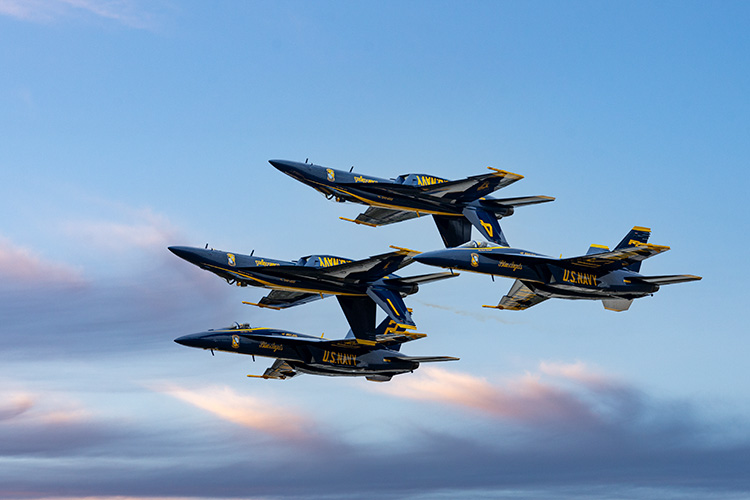
Yesterday was warm-up day for the great Sun-n-Fun Fly-in in Lakeland, Florida (it’s one of the premier airshows in the country), and Erik Kuna and I are among the crew of official airshow photographers, and this was a perfect opportunity to try out the very lens I bought for aviation photography — the Tamron 150-600mm Tamron SP 150-600mm f/5-6.3 Di VC USD G2 lens (shown below). I’m sharing some shots here from yesterday’s shoot.
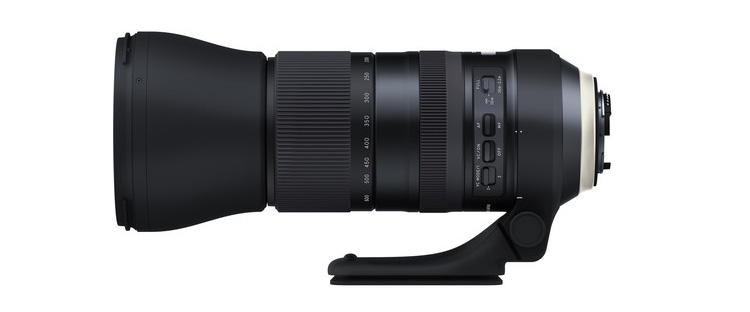
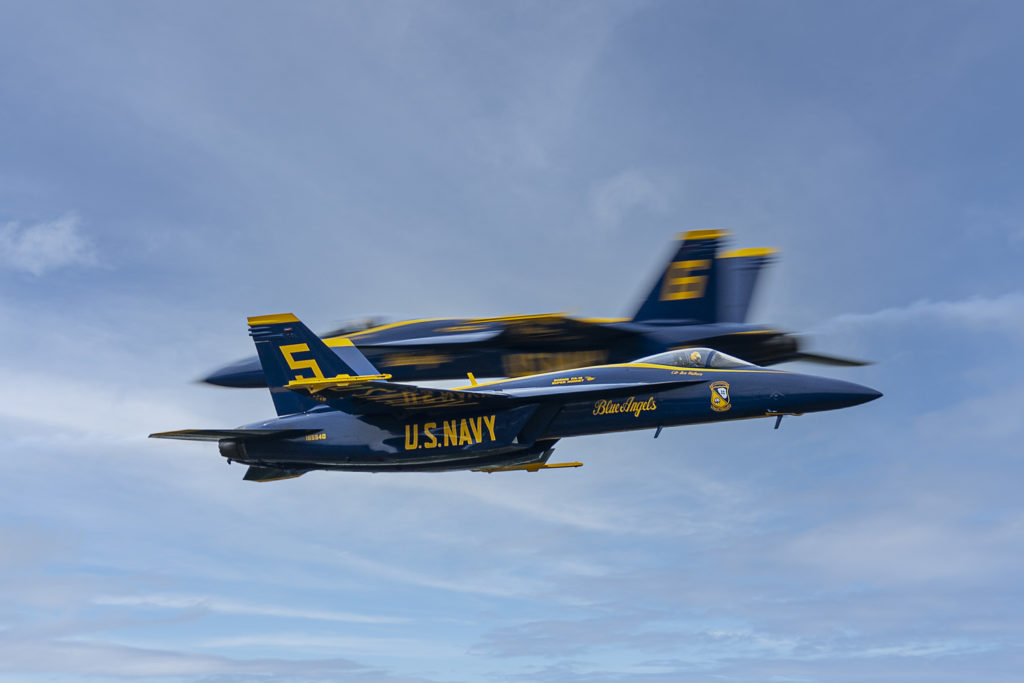
I had sold my Canon 200-400mm f/4 a few months ago (the one I used for shooting NFL day games), and I was looking for something lighter and more importantly for aviation, longer. Earlier this year Erik and I shot the Alliance Airshow over in Sanford, Florida (the Thunderbirds were there), and I shot with a 100-400mm it was just not long enough. You need at least a 500mm (like a 100-500mm), which I was going to get until a friend turned me on to the 150-600mm, which is a great range for shooting at airshows where so much of the action happens quite a ways from you.
Another thing I wanted was something less expensive (the Canon is around $12,000, but the Tamron is only around $1,200 — so the Canon costs literally 10x more). Although I loved every Tamron lens I’ve owned, I was concerned how well it would do, tracking along with the incredibly fast jets, but this particular lens was suggested to me by other aviation photographers, so I figured they would be bragging on it if it wasn’t worth using at airshows.
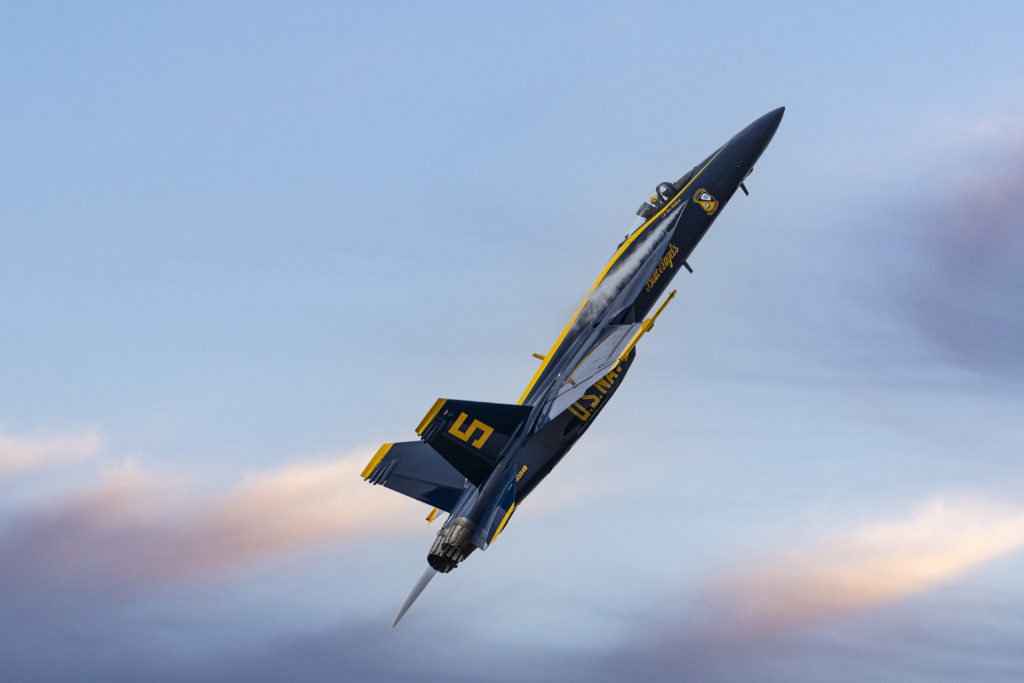
It looks like a fairly long lens when you’re out shooting it, but a lot of that is (thankfully) the lens hood. The lens weighs less than 4.5 lbs, and using it all day at the airshow was never an issue for me. I had the Canon 200-400mm with me back in 2019 at the Houston airshow and I was careful only to lift it right before I was going to shoot it, because it was a beast. Not a problem when you’re shooting football with it on a monopod, but honestly it’s too heavy to use handheld, although you’ll occasionally see somebody doing it (like me back in 2019).
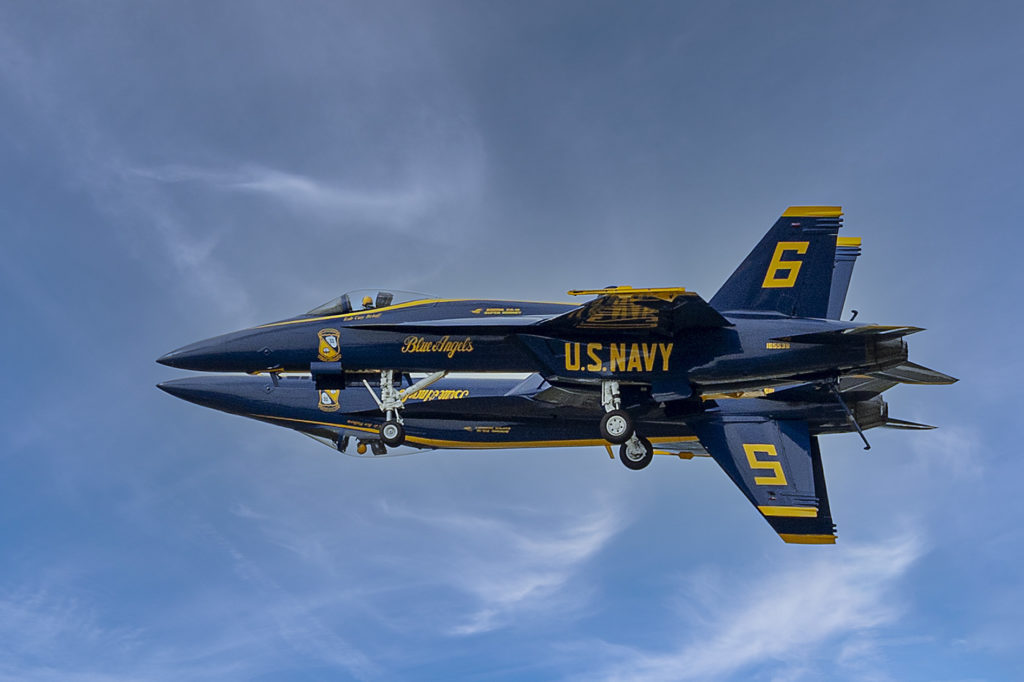
This afternoon I’m back out shooting with it again on the first big day of the airshow, and unless something unexpected happens with the lens (like happened with my new Canon R6 — more on that on Monday), this lens is a champ!!! It hit the five things I was looking for in an aviation lens:
- It had length and flexibility with that 150-600mm range. On the money, and I was all over that range during the day. When they’re flying in formation, it’s great to be able to back out to 150mm, but then you can start tracking the jets so far out, and fill the frame when otherwise the jets would look tiny.
- It’s nice and sharp. I was pleasantly surprised with the sharpness. It hard to judge the sharpness on the edges, but all I have on the edges of my images are sky or clouds, but the jets were very sharp, so that’s big.
- The focusing performance was very good all the way, and I was able to grab the jets and lock on quickly without feeling any real lag, which is important.
- It’s not lightweight, but yet it’s not too heavy, and I can fit it in my smallest think thank photo rolling bag (it’s kind of a half-height bag) because the lens tucks back in to the body, and extends out when you zoom in.
- The price post is just crazy for the value.
By the way — I’m using this lens on my Canon EOS R6 mirrorless, using the Canon lens adapter. No issues there whatsoever. Works like a champ.
Any Downsides?
This might sound kind of weird, and maybe it’s just me, but a number of times during the day, the switches on the side of the lens got changed. I’d lift the camera and try to shoot, and everything is out of focus. Why? The auto focus button was somehow switched off to Manual focus. This happened a number of times. Also, the Focus Limiter button would be switched to different settings. Again, this happened a few different times during the day — I have no idea why. The fix is, of course, to switch them back, which isn’t a big deal the first time or two. Anyway, that’s about it thus far.
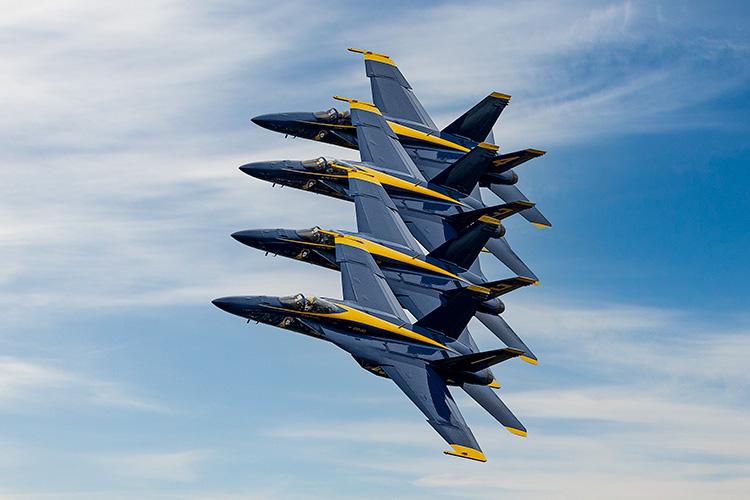
The Bottom line
Overall, I felt the performance was really solid; the lens felt snappy all day, and I can’t wait to shoot again with it today at the show. Overall, I’m pretty thrilled with it so far. Again, if anything changes I’ll let you know.
Hope you get some great shots this weekend (if you see me at the airshow, be sure to say hi), and I hope to catch you back here on Monday. :)
-Scott
P.S. After the Blue Angels were done with their afternoon session, and they were taxiing down the runaway in a single file row, we got a surprise flyover by the US Air Force Thunderbirds flying in formation on their way to an airshow on Cocoa Beach, Florida. It’s rare to see both the Blue Angels and the Thunderbirds in the same place at the same time. What a treat!



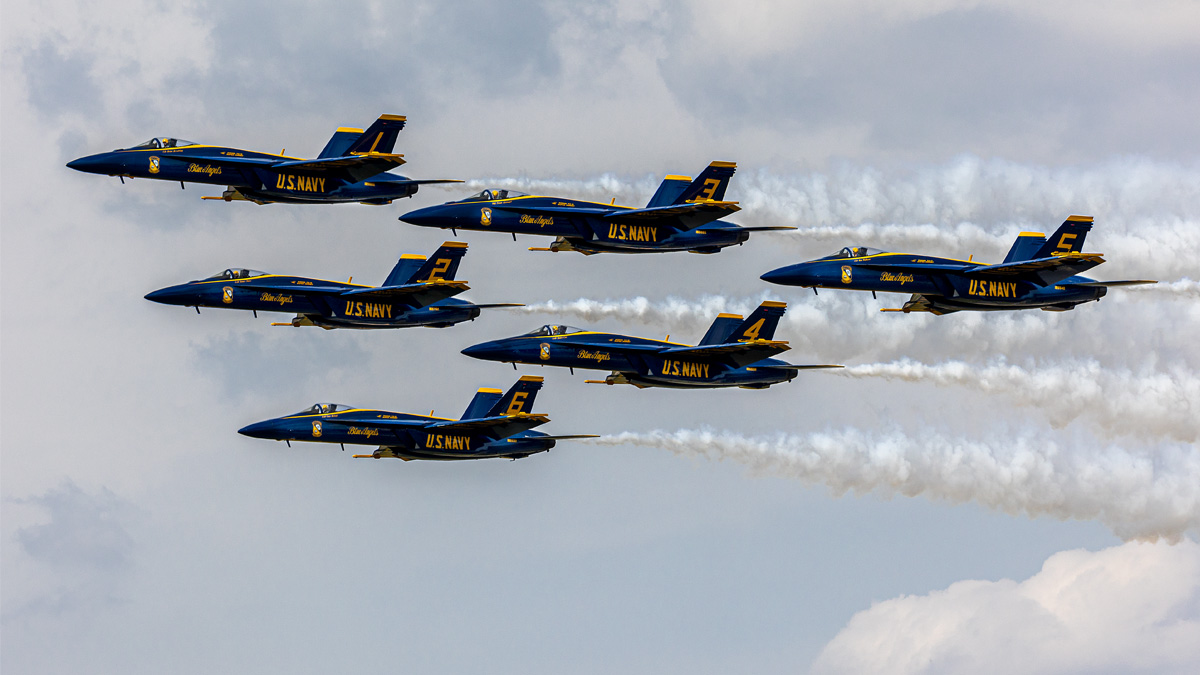
4 comments